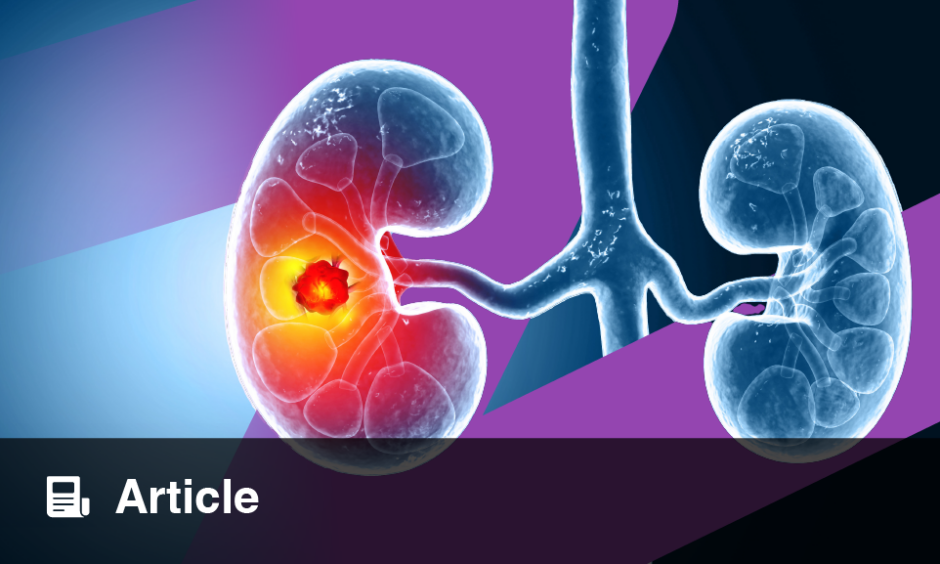Theo Wolf | Senior Editorial Assistant
![]()
GLOBALLY, hospital-based care has a substantial ecological footprint. In the USA, the health sector generates approximately 10% of the nation’s greenhouse gas emissions. Radiology departments are known to be major energy consumers, particularly through the use of CT scanners, MRI systems, reading workstations, and interventional suites. At this year’s European Congress of Radiology (ECR) 2022 Overture, 2nd–6th March, a panel of experts explored ways to make the discipline more environmentally sustainable.
THE ‘GREEN FINGERPRINT’ PROJECT
Joachim Hohmann, Professor of Radiology, University Hospital Basel, Switzerland, began by providing an overview of his ‘Green Fingerprint’ project, which measured the power consumption of 32 radiological reporting stations over a period of approximately 194 days. Hohmann and collaborators then considered a hypothetical scenario to reduce energy waste.
In total, three main patters of power consumption were identified: mainly off, mainly on, and always off. The study demonstrated that the different distributions were due to the standby modes, usually the S1 (power on suspend) Advanced Configuration and Power Interface state. In this state, processor caches are flushed and the central processing unit stops executing instructions; however, power to the central processing unit and random-access memory is maintained. Hohmann revealed that “these states were configured to be activated after 4 hours of inactivity.” However, “even in the default standby mode, a reporting station consumed around half of the power of the on-mode,” said Hohmann. Based on this, an initial scenario to save energy was devised. “Half of the time, the reporting stations are idle. They are waiting for standby,” commented Hohmann. This was found to result in a wait-time consumption of 18,000 kWh. “If we changed our standby modus to a modus in which the reporting stations just wait for 1 hour to shut down […] we can save about 24 kWh just in our department,” remarked Hohmann. This equated to a total reduction of 45% of the initial energy consumption.
In his closing remarks, Hohmann discussed the real-word implications of the project. The overall consumption of the reporting stations was 53,170 kWh. Therefore, “we could achieve an energy saving of about 24,000 kWh per year,” emphasised Hohmann. He continued: “If we extrapolate this number from our relatively small country, we came up to about 1,500,000 kWh per year, which we can save with this very easy scenario.”
ENVIRONMENTAL SUSTAINABILITY AND THE RADIOLOGY DEPARTMENT OF THE FUTURE
“Green radiology, is this a dream or a necessity? Of course, it’s a necessity. We’re working towards net-zero healthcare, which is really tough,” stressed Andrea Rockall, Clinical Chair of Radiology, Imperial College London, UK.
Rockall highlighted a study from Switzerland, which investigated the energy consumption of three CT scanners, four MRI scanners, and their associated cooling systems in a university hospital radiology department. Energy consumption of CT and MRI scanners accounted for 4% of the total yearly hospital energy consumption. Dedicated cooling systems alone comprised 44% of the total energy needed for the operation of the imaging systems. For CT, 66% of energy consumption took place during the idle state. For MRI, 33% of the energy consumption was during the system-off state. According to Rockall, “this is an area where we potentially have an opportunity to make savings without impacting on the care we give our patients.”
Reducing energy waste in CT and MRI will require direct action from industry, such as the development of sleep, standby, and power save modes. Going forward, “we need heat-waste recovery from cooling systems, and we need refurbishment of old scanners to upgrade rather than endlessly new builds,” stressed Rockall. At the governmental level, a European Union (EU) directive could mandate energy savings in healthcare. Finally, Rockall considered specific strategies that could be adopted by radiology departments to decrease energy consumption: “Efficient workflow will ensure that we scan our patients but without a lot of idle time.” It is also recommended that departments of the future monitor energy consumption, optimise the layout of scanners to share cooling systems, and implement energy dashboards.
In addition to larger-scale changes, “we can all look at small areas where we can make daily changes,” noted Rockall. “We’ve already heard about this fantastic Green Fingerprint project […] changing the wait period of the standby period to 1 hour from 4 hours. Overall, there was a 45% reduction in the original consumption. And we can do this now, we just have to think about it.” Automatic shutdown of picture archiving and communication systems, projects, and monitors; care with water usage, air conditioning, and heating; and the use of biodegradable equipment are further steps that require little effort to implement, but may have a positive cumulative impact on the environment. It is also necessary to consider the whole life cycle of the diagnostic process, and Rockall, therefore, suggested three questions that radiologists could ask themselves: “Is the test necessary,” “are we doing the correct test for the first time,” and “do we need contrast in every test?” Similar to COVID-19 vaccine passports, the concept of radiology passports was introduced as a potential method for avoiding repeat procedures.
Rockall concluded by sharing her vision for the radiology department of 2030. Crucially, environmental impact will be monitored and actions taken to reduce consumption.
CONCLUSION
These presentations have highlighted promising opportunities to reduce the ecological footprint of radiology departments without compromising patient care. Importantly, there are a number of minor but significant changes that can be implemented in order to make radiology services more environmentally friendly. This was illustrated by session co-chair Adrian Brady, Mercy University Hospital, Cork, Ireland, who encouraged the audience to “think a little bit about your energy expenditure, and your use of resources. Some of the practical things we’ve heard about are things you can apply in your life at work and outside of work.” Clearly, achieving sustainability in radiology is not a big mountain to climb. As more countries commit to low-carbon health systems, approaches to green the radiology department will become increasingly important going forward.








